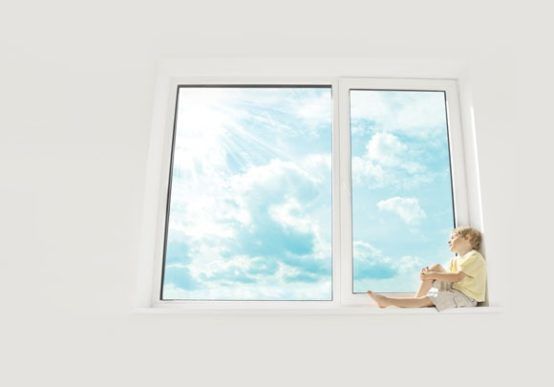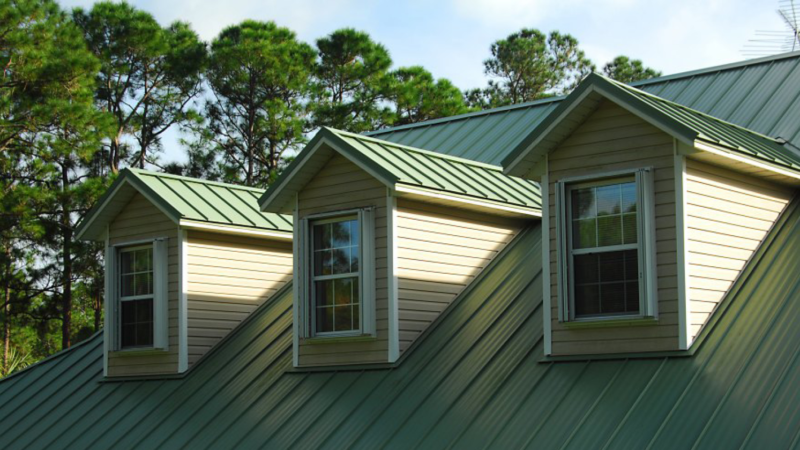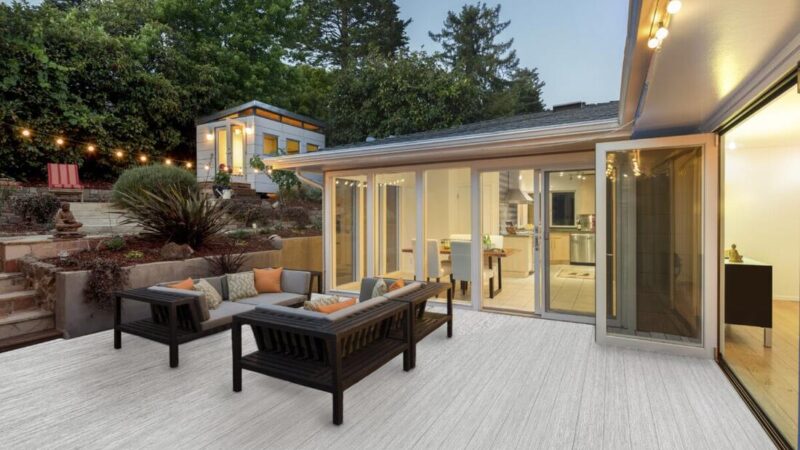Good Looking and Functionally Sound Windows

Are you in the market to dress your home with new windows? Are you looking for a functionally sound window system to maintain balanced comfortable temperatures all year long – saving energy and money on your utilities?
Canadian window manufacturers are leading the way with energy efficient solutions to new window innovations and technology.
So what would you look for in a high performance, energy saving window? There are a number of considerations:
PassiveHousePA’s blog has some important comments regarding reasons for choosing good windows.
For windows to be highly airtight, they must be designed to exceptional levels of tolerance with functionally designed weather stripping and sealing. Any penetrations of the frame, like the cranks and the locking levers most also be designed with utmost attention to detail. Windows and doors should open and close like a vault door, and you should be able to feel that.
Before you leave home or complete your Internet research first decide on the following:
- What type of windows are you looking to install in your new home build, or to replace in your existing home?
- Could they be: Casement windows, Awning, Hung, Slider, Fixed Architectural, Bow and Bay, Custom, Access, Transom or Picture windows.
- How many windows to install?
- What size are the windows?
- Which walls in your home require windows? What direction? Are they facing south – good for winter light, or west – hot in the afternoons?
- How much will climate factor in your choice?
- What framing suits your home architecture and pocket – wood, aluminum, vinyl or fiberglass?
- Are you looking for high functioning energy savers?
- How will this investment enhance the salability of your home in the future?
What to look for in a good window system:
Ensure the manufacturer you choose can demonstrate performance ratings, and offer product warranties to specific airtight levels. Research shows the different values given to passive windows such as u-values – thermal insulating performance, and shgc values – solar heat gain coefficient.
Other considerations:
- Tilt and Turn and casement windows reportedly are generally the most airtight, with double-hung windows and sliders being the least
- Low maintenance
- Non-toxic and environmentally friendly
- High strength to weight ratio
- Low conductivity factors
- Good sustainability, durability and long-life performance
- Sound deafening properties
- The low-E (low emissivity metal-oxide coating) glass absorbs and emits 90% of radiant thermal (heat) energy, which stays on the same side of the glass from which it originated, while letting visible light pass. Indoor originating radiant heat is reflected back inside in winter, while infrared heat radiation from the sun during summer reflects away, keeping it cooler inside.
- Type of glass pane setting within frame and mounting
- High efficiency windows are triple-paned double-strength glass, nearly twice as thick as standard insulated glass. Argon or krypton gas fills the air spaces between frames, optimizing insulation and soundproofing.
Window frames can be wood, vinyl, and aluminum or pultruded fiberglass. Vinyl is typically the least expensive, considered longer lasting and recyclable; does not need additional paint, or other solvents; therefore sustainable, and environmentally friendly. Wood frames now come with patented treatments preventing wood rot, mould and bug resistant. Fiberglass is a natural insulator; does not conduct heat and cold. With no interface like glass on aluminum for example, components are identical, therefore minimal expansion and contraction happens as a unit. Fiberglass does not bend, bow, rot or twist in extreme temperatures, impervious to moisture, and corrosion.
High performance passive windows improve indoor air quality, creating a comfortable environment in all temperatures and seasons. Do your research and seek expert advice regarding your home requirements. Your windows are your choice.








